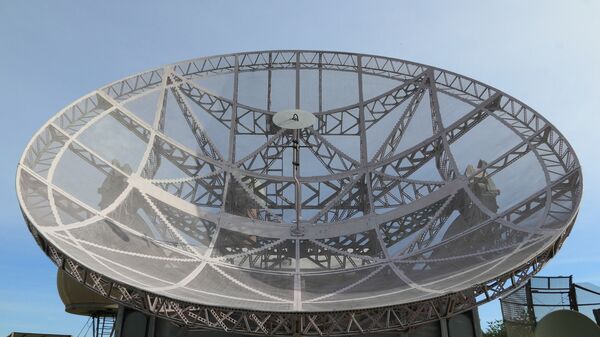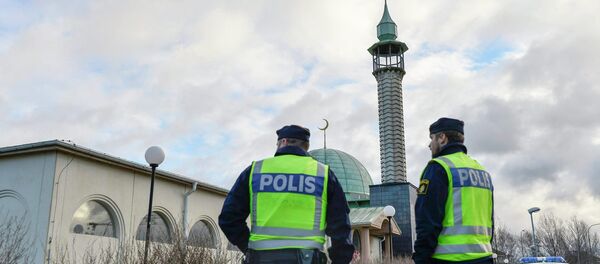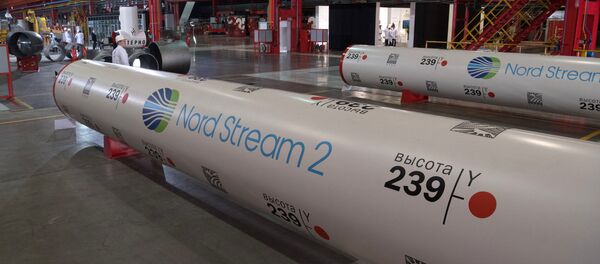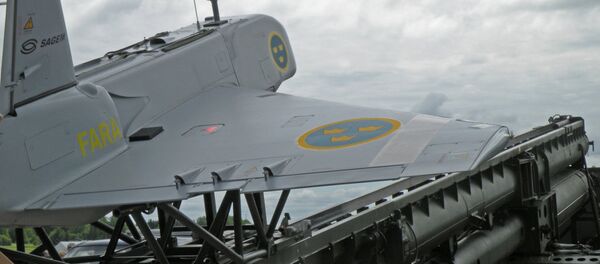The previous version of the Vissefjärda radar nested on a 25-meter-high tower stopped spinning several years ago. Today it is being replaced by a state-of-the-art system that can detect aircraft with its transponders turned off. On Monday, Swedish Infrastructure Minister Anna Johansson broke ground onthe first symbolic step towards an upgraded radar station.
"Civilian traffic controllers should be able to detect aircraft flying without a transponder, which is a growing problem," Anna Johansson said, as quoted by Swedish Radio.
"Military activity in the Baltic Sea region has increased and they are flying in a different pattern," CAA radar expert Anders Andersson told Swedish Radio. "Our needs have increased over time, it is as simple as that," he added.
The cost of the new radar station is estimated at 55 million SEK ($6.3mln).
However, in the fall of 2016, it turned out that NATO was the real obstacle towards a safer Baltic Sea. In September, NATO rejected a Russian proposal for requirements that all flights across the Baltic Sea should be carried out with transponders on, venturing that it "did not improve flight safety." In a similar situation, Sweden was earlier invited to a meeting between Russia's Vladimir Putin and Finland's Sauli Niinistö, yet refused.
Since the early 2000s, NATO member states have conducted intelligence operations in the Baltic Sea Region, which in effect means flying with transponders off.





